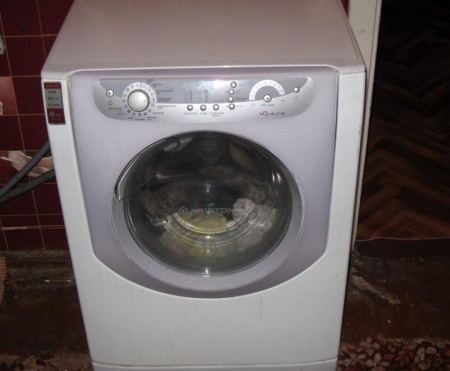Why is there too much or not enough water in the wash?
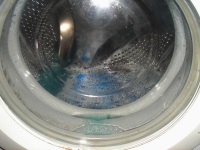
Speaking of the problems faced by the owners of washing machines, it is impossible to ignore a fairly rare type of failure, namely incorrect water intake. For different stages of washing and types of fabrics, different amount of water is needed. Therefore, when we set the washing program, the machine itself determines how much water to fill.
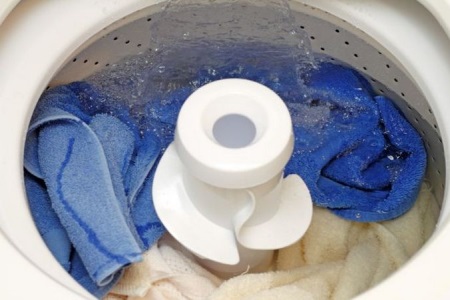
If at the end of washing you took out of the drum badly washed or deformed things, probably the machine "missed" the required amount of water. About why the washing machine draws too much or too little water and how you can cope with this problem yourself, read in our article today.
Causes .
Consider the various variants of problems, in which the washing machine "mistakes" with the required amount of water for washing.
When installing the device to the sewer and water pipes, mistakes were made
This happens when the connection of the washing machine is performed by non-professionals. According to plumbing standards, the drain hose should not be connected directly to the sewer outlet, and to the siphon, which should be located at a height of about half a meter from the floor. If you ignore these regulations, the unit will not be able to fill a full tank because water will keep escaping.
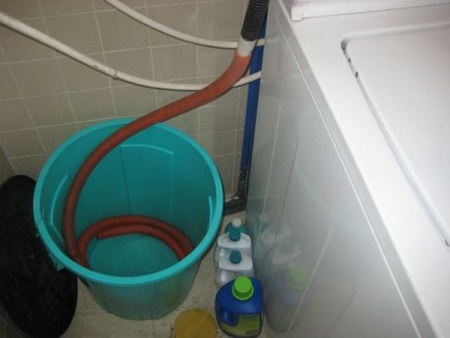
The priming (inlet) valve is broken
The priming valve (also called the inlet valve) is responsible for filling the tank with the correct amount of water. It is actuated by the voltage applied to it, which creates an electromagnetic field around it. The electromagnetic field causes the fill valve to rise and let water through. As a result of a voltage variation, the valve can jam in the open or closed position, and then the water intake will either continue indefinitely or stop completely.
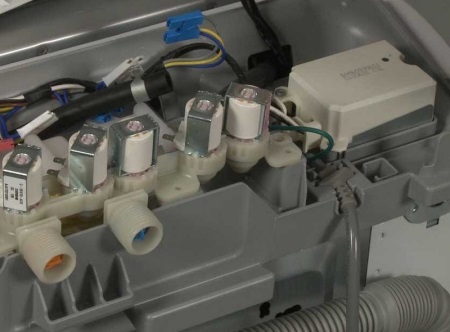
Water level sensor failure
This device is also called a pressostat or water level switch. As you can easily guess, it is used to control the volume of water in the tank. Depending on the model of the washing machine, the sensor may be made in different versions, but the vast majority of such devices work on the principles of electromechanics. The sensor records the pressure that the water column produces and, based on these data, determines the level of water in the tank. If the water is less than it should, it gets, and if it is more - it drains. Failure of this sensor leads to the fact that the washing machine can not assess the existing water level, and therefore begins to endlessly reset or dial water.
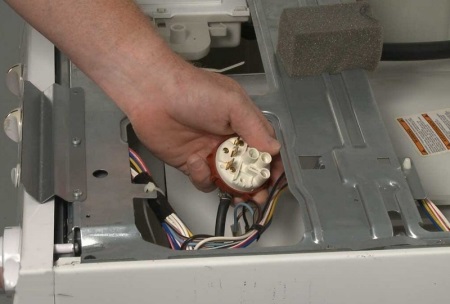
What can be done?
The washing machine is not properly connected to the utilities
You can determine the correctness of the connection by watching how the device drains the water. If in the process of spinning you hear the murmur of water in the pipes, it means that the connection to the sewer was made incorrectly. In this case, you need to reconnect everything according to the plumbing standards. It is possible to avoid mistakes if you ask for help from a professional plumber. We, in turn, offer to watch a small video tutorial, which will help to correctly connect the sewer system to the machine or correct existing errors in this area.
Solenoid valve malfunction
You can check the valve's serviceability by removing it from the washing machine. Apply voltage to each of its coils in turn. A serviceable valve should open when energized and close immediately after the supply is disconnected. If water continues to leak from the valve after it closes, then it needs to be replaced. See the following video on how to do it properly.
Breakdown of the water level sensor
The sensor can stop responding to water pressure if it has weakened as a result of clogging. It is therefore necessary to check all possible problem areas of the washing machine for foreign objects, limescale build-up, detergent residues, dirt and grease deposits. Any clogs found should be removed. If this is not the problem, but the sensor itself, it will have to be replaced. The video below shows where the element is located and how to remove it for replacement.
Tips
- The reason that the washing machine performs underflow or overflow of water, can be not only in the unit itself, but also in the sewer pipes. If the pressure in the pipe is higher than normal, water is pulled from the tank, so it remains unfilled. If your home has such a problem, we advise you to install a special valve in the drain hose, preventing forced drainage.
- Many modern models of washing machines have a function that protects the tank from overfilling. If there is more water in the tank than the set washing program requires, the smart system starts the drain pump, which removes the excess water. Read your machine's manual - it may also have this feature.
